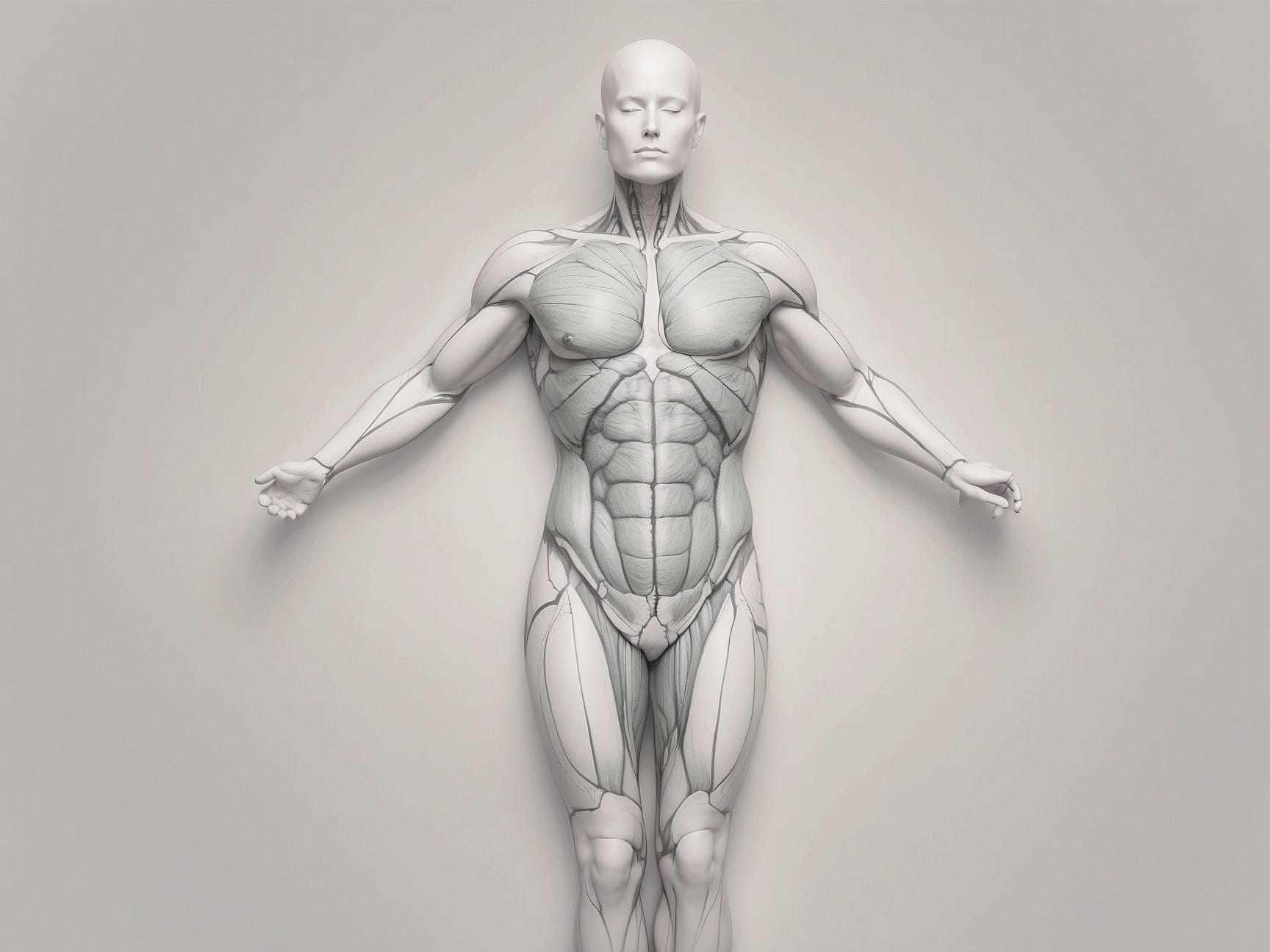Introduction
Are you constantly battling with unexplained aches and stiffness? You might be surprised to learn that the culprit could be something you’ve barely heard of: your fasciae. In this comprehensive guide, we’ll unravel the mysteries of fascial pain, exploring its origins, symptoms, and most importantly, how you can find relief. Get ready to embark on a journey to a pain-free life!

Fascial pain is a discomfort arising from the fasciae, the thin, tough, elastic type of connective tissue that wraps most structures within the human body. These tissues play a crucial role in supporting and protecting your muscles and bones. When they become tight, damaged, or inflamed, the result can be persistent, sometimes debilitating pain.
The Role of Fasciae in Your Body
Imagine your body as a complex network, with fasciae as the webbing that holds everything together. This network isn’t just a passive structure; it’s dynamic and responsive, affecting your flexibility, strength, and overall physical function. When it’s healthy, you move with ease and free from pain. But when issues arise, it can lead to a cascade of problems.

Several factors can lead to fascial pain, including:
- Physical Trauma: Accidents or injuries can cause fasciae to tighten up as a protective response, leading to pain.
- Poor Posture: Long hours in front of a computer or regular use of smartphones can lead to imbalances in your fascial network.
- Overuse or Underuse: Both excessive activity and lack of movement can lead to fascial problems.
- Stress: Emotional stress can manifest physically, causing fasciae to contract and leading to pain.


Myofascial Release
This hands-on technique involves applying gentle, sustained pressure into the myofascial connective tissue. It helps release the tightness and restore motion, often providing significant relief.
Stretching and Strengthening
Regular, targeted exercises can help maintain a healthy fascial system. Yoga and Pilates are particularly effective, focusing on slow, controlled movements that stretch and strengthen the fasciae.
Hydration and Nutrition
Staying hydrated helps maintain the suppleness of your fasciae. A balanced diet, rich in anti-inflammatory foods, can also support fascial health and reduce pain.
Stress Management
Since stress can tighten your fasciae, techniques like meditation, deep breathing, or even regular walks can help keep your fascial system relaxed and pain-free.

Fascial pain, while complex, isn’t a life sentence. By understanding its causes and symptoms, and adopting a holistic approach to treatment, you can alleviate discomfort and improve your quality of life. Remember, a journey of a thousand miles begins with a single step. Start your journey to a pain-free life today!
While minor fascial tightness might resolve without intervention, persistent or severe pain usually requires targeted strategies like those outlined above.
It varies depending on the individual and the severity of the condition. Some might feel better after a few sessions of myofascial release, while others may need a longer, more consistent approach
When performed by a trained professional, it’s generally safe. However, it’s always best to consult with a healthcare provider before starting any new treatment.
Incorrect or excessive exercise can strain the fasciae. It’s crucial to follow a balanced routine and listen to your body’s signals.
While fascial pain itself isn’t typically dangerous, it can sometimes be a symptom of an underlying issue. Always consult a healthcare professional for a proper diagnosis.
Also interesting
Comprehensive Guide to Trigger Point Massage and Its Benefits
Learn about the benefits of trigger point massage, how it works, and the differences between...
Effective Foam Rolling: Relieve Back Pain from Prolonged Sitting
Discover how foam rolling can alleviate back pain caused by long periods of sitting. Learn...
Comprehensive Guide to Treating and Preventing Runner’s Knee (ITBS)
Learn about the symptoms, causes, and effective treatments for runner’s knee (ITBS). Discover practical tips...
Understanding and Managing Herniated Discs: Comprehensive Guide
Learn about the symptoms, causes, and effective treatments for herniated discs. Discover practical tips to...
Effective Tips to Relieve and Prevent Neck Pain – Comprehensive Guide
Discover the causes, symptoms, and remedies for neck pain. Learn practical tips to alleviate and...
Understanding and Relieving Chest Pain: Causes, Symptoms, and Solutions
Discover the causes and symptoms of chest pain and learn effective methods to relieve discomfort....
Effective Strategies to Relieve and Prevent Knee Pain – Comprehensive Guide
Explore the causes, symptoms, and remedies for knee pain. Learn practical tips to alleviate and...
Complete Guide to Managing Hip Pain: Causes, Symptoms, and Treatments
Hip pain can be a debilitating condition, affecting your daily life. This comprehensive guide covers...













